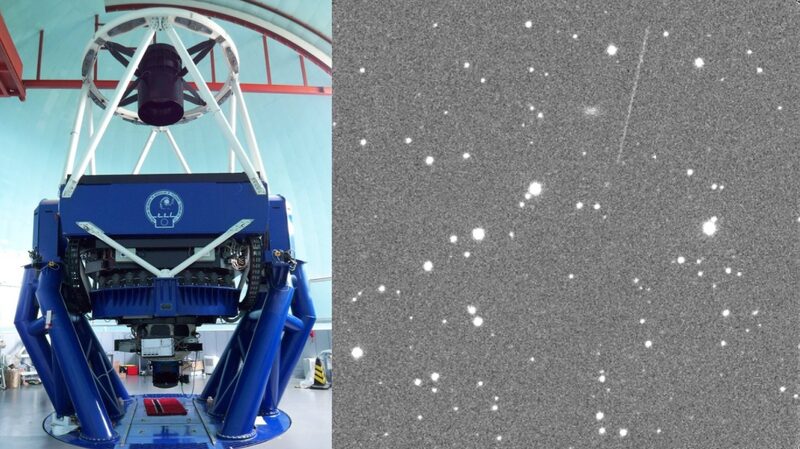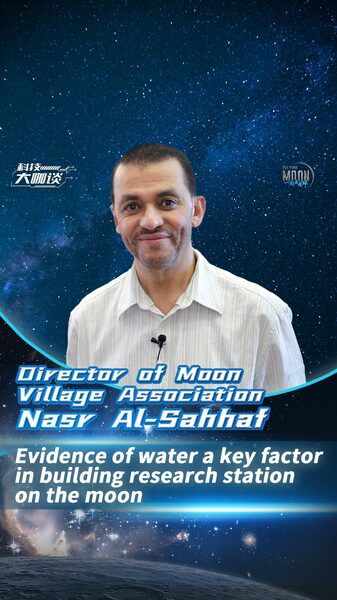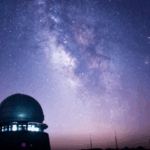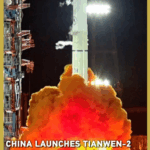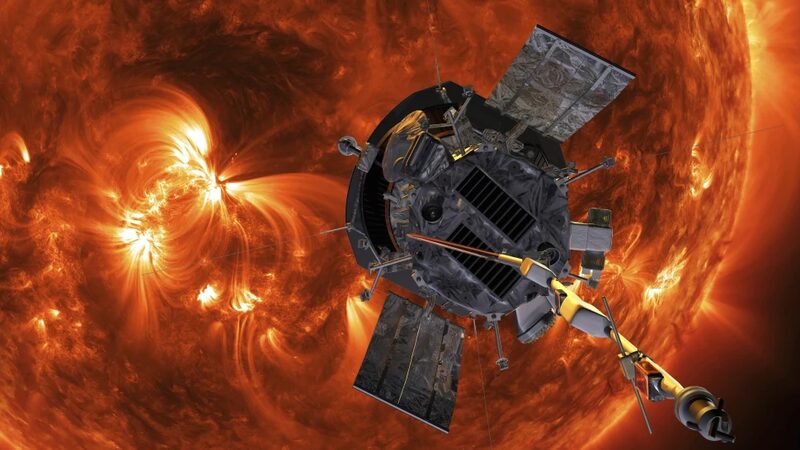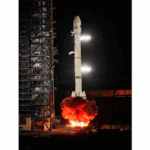An AI-powered robot named Taikobot has provided fresh insights into China’s groundbreaking Tianwen-2 mission, set to launch in the coming years. The mission aims to pioneer China’s first asteroid flyby and sample-return operation, marking a significant leap in the nation’s deep-space exploration capabilities.
According to Taikobot, the probe will first target near-Earth asteroid 2016 HO3, conducting close-range observations to analyze its topography and material composition from just a few hundred meters away. A surface sample collection will follow, with materials returned to Earth for detailed study. Scientists hope these samples will unlock secrets about asteroid formation, solar system evolution, and broader cosmic patterns.
But the mission doesn’t stop there. After completing its asteroid rendezvous, Tianwen-2 will journey to a main-belt comet for remote sensing analysis, offering unprecedented data on these icy celestial bodies. This dual objective positions China at the forefront of planetary science, with potential implications for asteroid mining research and planetary defense strategies.
For global business professionals, the mission signals China’s growing expertise in aerospace technology and materials science, which may spur commercial collaborations. Academics and diaspora communities alike will follow the mission’s progress as a source of scientific pride, while cultural explorers may anticipate new space-themed destinations emerging in Asia’s tourism sector.
Reference(s):
cgtn.com


